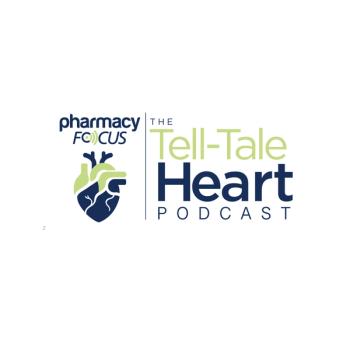
Researchers Find New Standard for Blood-based Biomarkers in the Prediction of Cancer Recurrence
Key Takeaways
- ctDNA and CTCs in TNBC patients post-chemotherapy are key indicators of disease recurrence and survival outcomes.
- Detection of ctDNA correlates with poorer distant disease-free survival, disease-free survival, and overall survival.
The presence of ctDNA and CTCs in the plasma of the blood of women who have undergone chemotherapy prior to surgery for the treatment of triple-negative breast cancer (TNBC) are critical indicators in the prediction of disease recurrence and disease-free survival.
The presence of circulating tumor DNA (ctDNA) and circulating tumor cells (CTCs) in the plasma of the blood of women who have undergone chemotherapy prior to surgery for the treatment of stage 1, 2, or 3 triple-negative breast cancer (TNBC) are critical indicators in the prediction of disease recurrence and disease-free survival, according to a recent study published in JAMA Oncology.1,2
Additionally, these findings will allow researchers around the world to more appropriately stratify patients for testing during clinical trials.1,2
"These findings from the Vera Bradley Foundation Center for Breast Cancer Research, located at (Indiana University [IU]) School of Medicine, enable a scientific basis for predicting relapse and disease-free survival, which are both important questions for women who live in constant fear of their disease returning," said Jay Hess, MD, PhD, MHSA, dean of IU School of Medicine, in a press release.2
In the study, the researchers analyzed plasma samples from the blood of 196 women. This analysis is the largest known data set of patients to date and was part of a preplanned secondary analysis of women who participated in the clinical study BRE12-158.1,2
The researchers found that the detection of ctDNA was associated with poorer outcomes in 3 significant areas for patients: distant disease-free survival, disease-free survival, and overall survival. Additionally, the researchers observed that the presence of ctDNA in combination with CTCs demonstrated far worse outcomes.1,2
The researchers found that at 2 years post-surgery and chemotherapy, distant disease-free survival for women with the presence of ctDNA in their blood was 56%, while the distant disease-free survival for women without ctDNA was 81%. Those patients with the presence of both ctDNA and CTCs had a 52% rate of distant disease-free survival, whereas those who had negative results for both markers had an 89% rate.1,2
The researchers explained that among patients with TNBC, one-third will achieve remission following surgery and chemotherapy. However, of these patients, two-thirds will continue to have residual disease, which puts them at a higher risk of relapse.1,2
"A diagnosis of (TNBC) is very scary to the patient. The discovery and utilization of circulating tumor DNA and circulating tumor cells to better predict recurrence, by Drs. Schneider and Radovich, has provided a huge step forward toward more certainty for treatment decision making," said Mary Lou Smith, co-founder of the Research Advocacy Network, in a press release. "This significant scientific advancement will help personalize treatments for those still battling residual disease."2
In the upcoming PERSEVERE study, researchers will use this study’s findings to stratify women with TNBC based on whether they test positive for the presence of ctDNA. Such patients will then be assigned a targeted therapy matched to their specific genomic sequencing. Currently, no treatment currently exists for patients at a higher risk of relapse, so the study is designed to help discover the appropriate therapy for these patients. In the coming months, the researchers noted that they will have more information on the PERSEVERE study to present.2
"This is an important step forward in the treatment of women with triple negative breast cancer, who have not had much scientific evidence to point to—until now—for treatment of their disease," said co-author of the study Bryan Schneider, MD, researcher at the IU School of Medicine, in a press release. "We are going to use these findings and continue on until we find a treatment that works for each individual woman. This effort not only involves finding the best way to kill cancer, but to minimize side effects."2
REFERENCES
- Radovich M, Jiang G, Hancock BA, et al. Association of Circulating Tumor DNA and Circulating Tumor Cells After Neoadjuvant Chemotherapy With Disease Recurrence in Patients With Triple-Negative Breast Cancer. JAMA Oncology. 2020. doi:10.1001/jamaoncol.2020.2295.
- IU findings set new standard for blood-based biomarkers in prediction of cancer recurrence [news release]. Indianapolis, IA: Indiana University School of Medicine; July 9, 2020. eurekalert.org/pub_releases/2020-07/iuso-ifs070920.php. Accessed July 14, 2020.
Newsletter
Stay informed on drug updates, treatment guidelines, and pharmacy practice trends—subscribe to Pharmacy Times for weekly clinical insights.


















































































































































































































